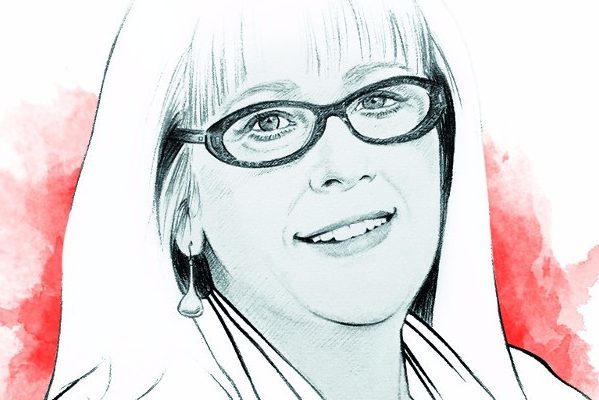Take me to your leaders, writes Kate Cooper
In 1998, David Bradford and Alan Cohen started to talk about ‘post-heroic’ leadership, popularizing what commentators such as Mary Parker Follett in her description of ‘reciprocal influence’ had been saying decades earlier. Rensis Likert, best known for the Likert Scale, argued in the 1960s for ‘participative management’, advocating that sharing responsibility for decision-making resulted in better decisions and more engaged staff.
The idea of leadership as being created by a group and not being located in a single individual is gaining increasing popularity, although the myth of the heroic leader undoubtedly persists. Descriptions of distributed, dispersed, democratic, shared, collective, collaborative leadership continue to emerge. With so many terms being used almost interchangeably, arriving at a single definition of ‘distributed leadership’ has proved elusive.
This is not surprising. The ‘great man’ theory of leadership gained prominence because of the relative ease of understanding it as a concept: let us focus on individuals – usually male – who seem to achieve great things. Let’s describe their personalities and we have the perfect template of a leader.
Even if we look at more complex theories of leadership – ones that focus on behaviour rather than traits, and the importance of situations and adaptability – our focus is still the strong spearhead.
Yet the alternative vision has its flaws. Even the term ‘distributed leadership’ is problematic – ‘distributed’ probably has its roots in the Latin word ‘to divide’. Division evokes notions of a finite amount of something that is shared out, so in the act of sharing it out, someone gets less.
Yet proponents of ‘distributed leadership’ argue that it is, rather, a real-life exercise in having your cake and eating it: the amount of leadership available grows as more individuals contribute to its enactment.
Commentators do agree that distributed leadership involves shared responsibility for decision-making, a variety of expertise is involved and boundaries are fluid. Indeed, a recent study sponsored by the Construction Industry Training Board (CITB) for Engage for Success identified a strong positive correlation between ‘distributed leadership’ and levels of engagement.
Another significant contributor to engagement is the extent to which boundaries between individuals are managed effectively. If leadership is to be shared successfully, then what occurs at the interface between one individual and another – the boundary – is crucial. Important elements are ignored or overlooked if expertise falls through the gaps between one person and another.
Other contributors to the study of distributed leadership have recognized the importance of managing expertise. This again resonates with the work of Follett, who, as early as the 1920s, was talking about the ‘authority of expertise’. Workers who possess valuable skills and specialisms are as important, if not more so, than their managers. Under distributed leadership, they become leaders in their own right.
Distributed leadership, at its essence, is respecting that one individual cannot know everything. It ensures that contributions from those that do ‘know’ inform decisions. It manages relationships very carefully, and appreciates that leadership involves far more than a single person – however close he or she may come to the traditional template for a leader.
— Kate Cooper is head of research, policy and standards at the Institute of Leadership & Management

